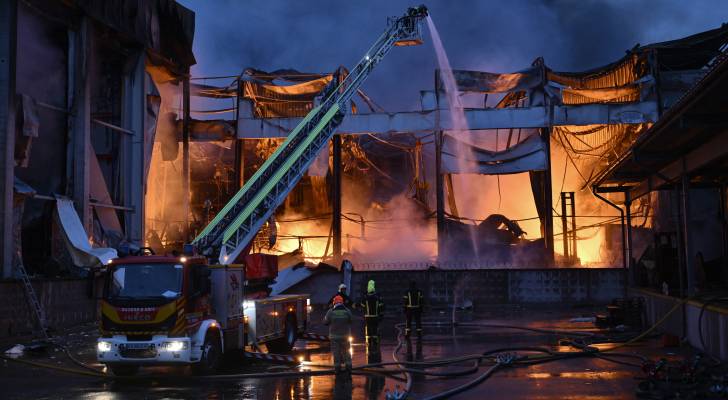Kingdom’s IPI rises 1.76% in 8 months, showing sustained recovery — experts
The Jordan Times
AMMAN — The Industrial Production Index (IPI) rose by 1.76 per cent during the first eight months of 2025 compared with the same period in 2024, showing "sustained" recovery across key manufacturing industries, according to data from the Department of Statistics (DoS).
Experts said that the trend supports the objectives of the Economic Modernisation Vision (EMV), which places the industrial sector at the “heart” of Jordan’s transformation towards a productive, export-oriented economy.
Ihab Qadri, representative of the leather and garment industries at the Jordan Chamber of Industry (JCI), said that the growth reflects an increase in factory output rather than price fluctuations.
"Jordanian industry is regaining its momentum, operating at higher production capacity to meet rising local and international demand," he said.
Qadri added that the stable monetary and fiscal environment has reinforced investor confidence, encouraging reinvestment and expansion.
The sector’s resilience was seen in August, through a 2.07 per cent increase in output compared with the same month in 2024.
The rise was driven by higher production in chemical, pharmaceutical, food and engineering industries, supported by “strong” export demand from Iraq, Saudi Arabia and regional markets.
Fawaz Shakaa, representative of the handicrafts sector at the Amman Chamber of Industry (ACI), noted that the industrial index measures production quantities, offering a more accurate picture of sector performance.
He said that the growth shows that Jordan’s factories are expanding their output base despite global challenges such as higher energy costs and disrupted supply chains.
Deputy CEO of Emlaq Industrial Group and board member of the European Chamber of Commerce in Amman (EuroCham) Mohammad Smadi said that the steady growth is an evidence of "a resilient and adaptive industrial base."
He urged policymakers to continue reducing energy and logistics costs and to enhance access to financing for industrial investors.
Economist Ghazi Assaf said that the sector’s consistent performance demonstrates its ability to sustain recovery despite regional and global challenges.
He noted, with the industrial sector contributing around 18 per cent of Jordan’s GDP, it remains a key pillar of job creation, export growth, and macroeconomic stability.
Assaf added that the continued rise in industrial output sends a clear message to investors that Jordan’s economy is “stable, its industries are competitive, and its growth outlook is improving.”



